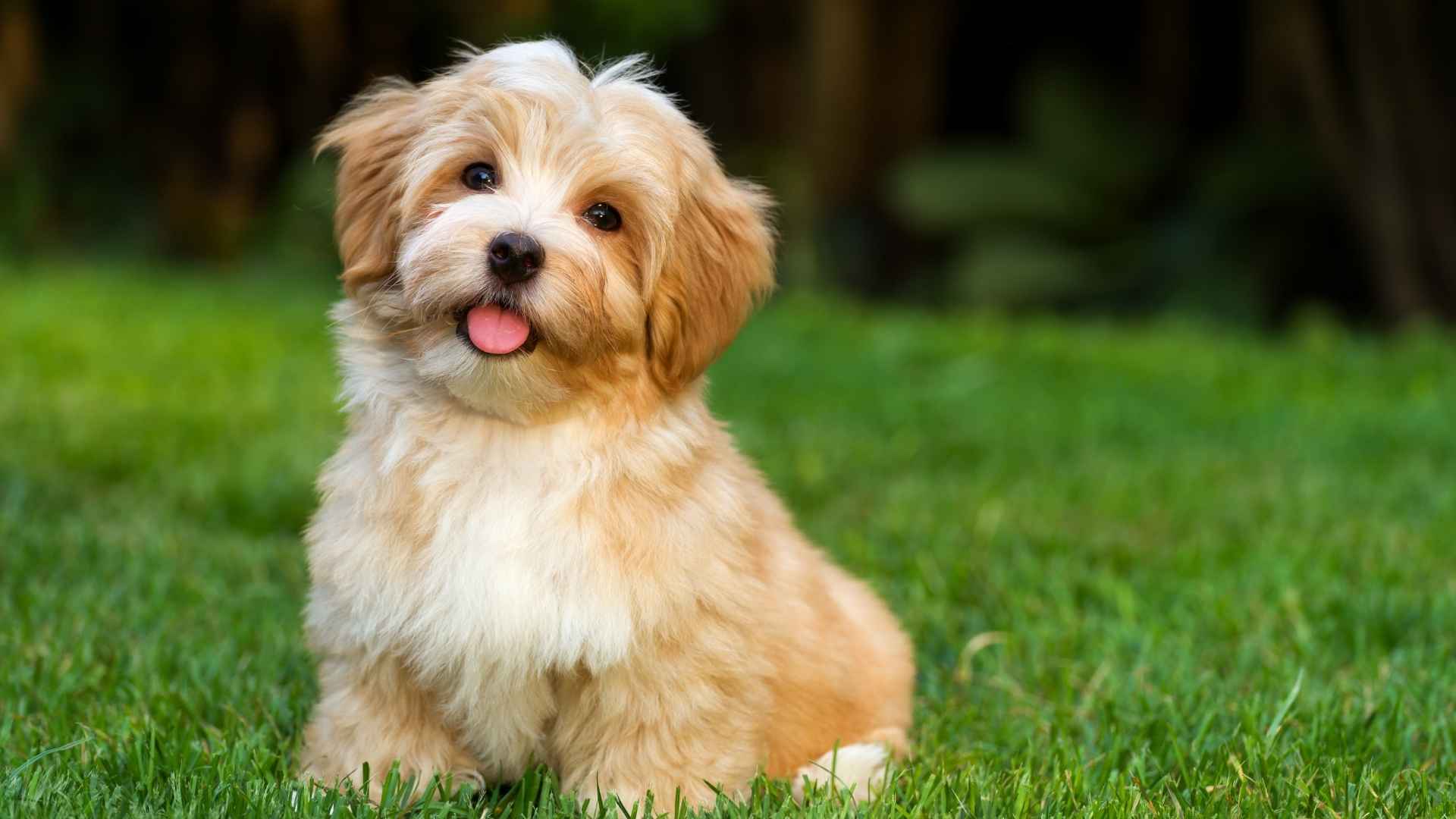When choosing a dog, temperament matters just as much as size, appearance, or activity level. A pup with a kind, calm temperament and friendly disposition can transform your home into a more joyful and peaceful space. Dog breeds with good temperament are typically patient, outgoing dogs, with eager-to-please qualities that make them ideal for families, singles, and seniors alike.
Whether you’re searching for a gentle lap dog or a playful companion who’s great with children and strangers, a dog’s behavior and emotional balance play a key role in how well they integrate into your daily life.
These breeds aren’t just adorable—they’re naturally even-tempered, affectionate, and reliable when properly trained and socialized. From goofy entertainers to calm snuggle buddies, their loving nature shines through in every tail wag.
In this article, we’ll explore a range of dog breeds celebrated for their exceptional temperaments. If your goal is to find a dog that brings harmony and heart to your home, this guide will help you discover the perfect match.
Dog Breeds With Good Temperament
1. Pug
The Pug, also known as the Mops in Germany and the Doguillo in Spain, is a small but solid companion originating from China. According to Britannica, these little dogs are generally loyal and alert, making them cherished companion dogs. Revered by emperors and once mascots of European nobility, this toy breed measures 10–13 inches in height and weighs 14–18 pounds.
Their trademark features include a round, wrinkled face, large, expressive eyes, and a tightly curled tail. With a charming, clownish temperament and strong affection for their humans, Pugs are wonderful family dogs that thrive on interaction.
They boast a short, smooth coat—typically fawn with a black mask or all black—and live between 13 to 15 years. Although not highly athletic, their intelligence and loyalty make them easy to bond with, especially for novice owners or those seeking an indoor, low-maintenance pet.
Exercise
These loyal breeds require moderate exercise to maintain a healthy weight and prevent boredom. Daily short walks and gentle indoor play are enough to meet their activity needs. However, due to their brachycephalic (flat-faced) anatomy, exercise should be limited during hot or humid weather.
Activities should ideally take place in the early morning or late evening to avoid overheating. Overfeeding can worsen their breathing and mobility, so exercise must be balanced with proper nutrition.
Did you know? A Pug once saved the life of William, Prince of Orange, by alerting him to an attack, earning the breed its place in royal history.
2. Bichon Frise
With roots tracing back to Tenerife and the Mediterranean region, the Bichon Frise—also known as the Tenerife dog—is a small, cheerful companion celebrated for its fluffy white coat. PetMD states that the Bichon Frise enjoys playing and being social.
Originally favored by European royalty and later adored in circus rings for their intelligence and showmanship, these nonsporting group dogs typically stand 9.5 to 11.5 inches tall and weigh between 12 and 18 pounds. They live a long life—averaging 14 to 15 years—and thrive in lively homes where they receive plenty of attention.
Their round, dark eyes and silky ears complement their cloud-like appearance, making them not only adorable but also incredibly endearing. Known for being affectionate, gentle, and playful, the Bichon Frise bonds closely with its family and tends to get along well with other pets and children.
Exercise
Bichon Frises are moderately energetic and require around 30 to 60 minutes of activity daily. Walks, indoor play, or time in a secure yard are ideal to meet their needs.
Though small, they benefit greatly from mental stimulation and interaction to stave off boredom. For puppies, it’s essential to keep exercise gentle—short bursts of play spaced throughout the day support healthy growth without straining developing joints.
Fun Fact: This breed inspired the French verb bichonner, meaning “to pamper,” highlighting its royal history and luxurious lifestyle.
3. Maltese
Also known as the Maltese Lion Dog or the Roman Ladies’ Dog, the Maltese is a delicate yet vigorous toy breed with a legacy that dates back over 2,000 years. Believed to have originated from the island of Malta or nearby Mediterranean regions, this breed once graced the laps of aristocrats and royalty.
Maltese dogs typically stand 7 to 9 inches tall and weigh under 7 pounds. AKC describes the Maltese as playful and charming.
Their signature feature is a floor-length, silky white coat, which is both elegant and surprisingly low-shedding due to the lack of an undercoat. Complemented by short, straight legs, drooping ears, and dark, expressive eyes, their appearance is as charming as their personality.
These dogs are affectionate, alert, and eager to bond with their humans. They thrive on attention and can develop strong emotional attachments. While they are generally gentle and good with families, they can be sensitive to rough handling, making them better suited to homes with older children.
Exercise
Though energetic in short bursts, the Maltese doesn’t require intense exercise. Playtime indoors and short, daily walks are usually enough to keep them happy.
However, puppies should only be taken outside after completing their vaccination schedule—typically around 4.5 months—to ensure safety from contagious diseases.
Fun fact: A Maltese named Trouble inherited $2 million from her wealthy owner, hotel heiress Leona Helmsley.
4. Miniature Schnauzer
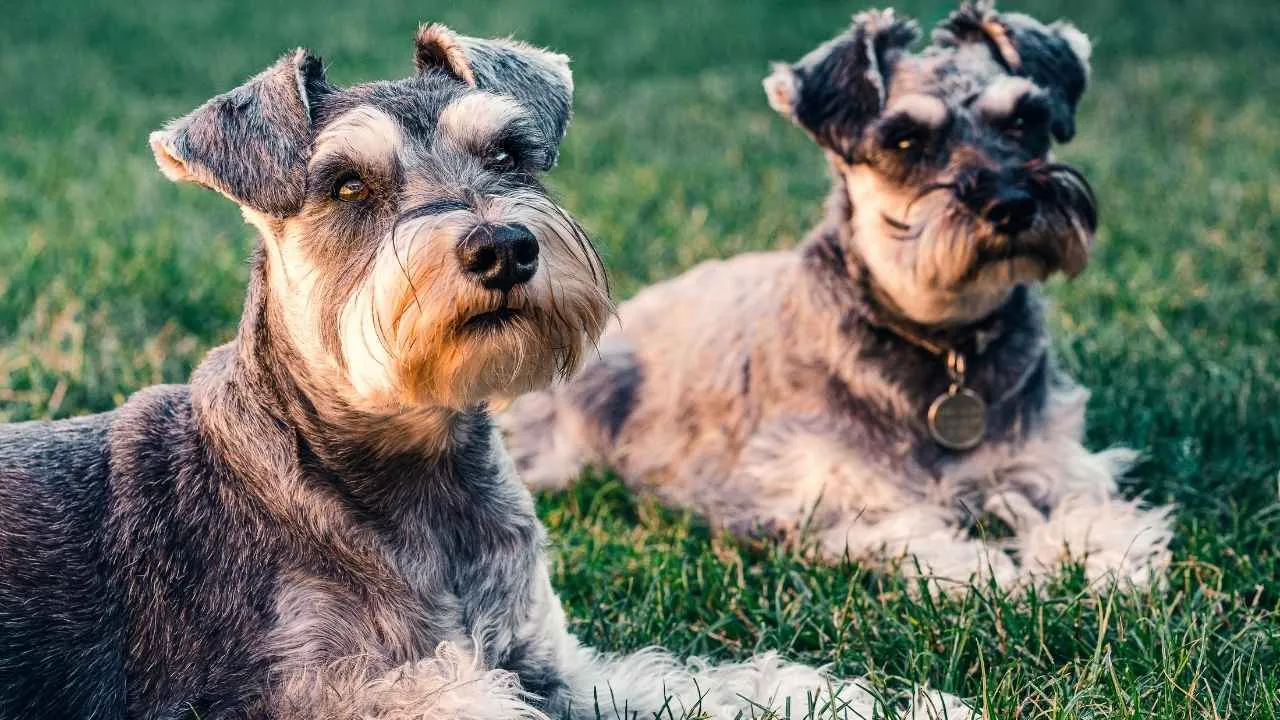
With their iconic bearded muzzles and spirited expressions, Miniature Schnauzers are a standout in the terrier group. Originating in Germany in the late 19th century, this breed was developed by crossing the Standard Schnauzer with smaller breeds such as Affenpinschers to create a compact but robust vermin hunter.
These loyal dogs typically stand 12 to 14 inches tall and weigh between 11 to 20 pounds. They boast a wiry, low-shedding double coat in hues like salt and pepper, black, or black and silver—qualities that make them a favorite among allergy-sensitive households.
Miniature Schnauzers are known for being friendly, super intelligent, and alert, making them excellent companions and watchdogs. With a life expectancy of 12 to 15 years, they are loyal and thrive in both city apartments and larger homes.
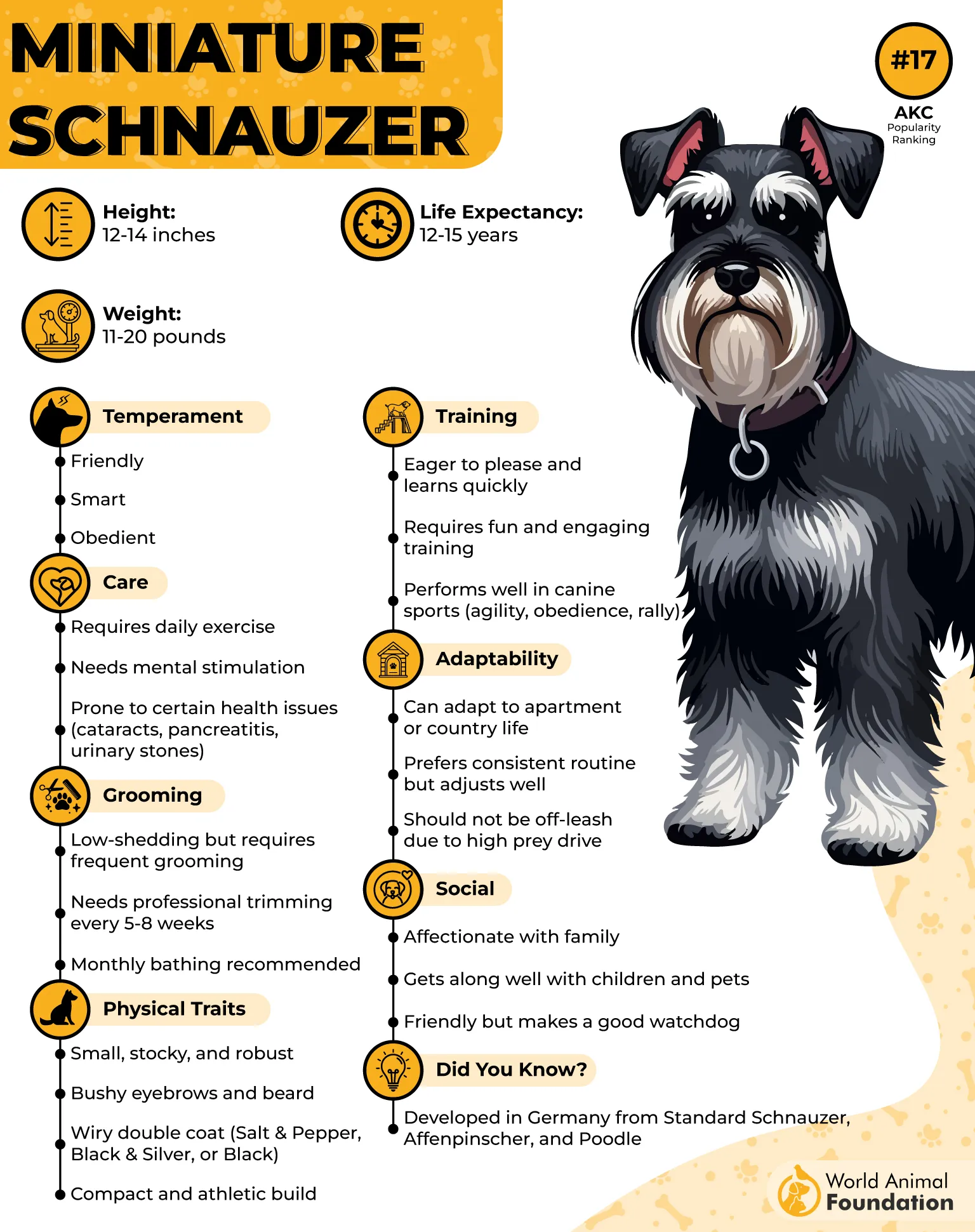
Exercise
Despite their smaller size, these friendly dogs are lively and energetic. These loyal dog breeds require at least an hour of daily exercise, which can include brisk walks, interactive play sessions, and engaging mental challenges like puzzle toys or obedience training.
Their high intelligence means they excel in canine sports such as agility and trick training. For puppies, ensure exercise is age-appropriate—roughly 5 to 10 minutes per month of age spread throughout the day—to avoid stressing developing joints.
Fun Fact: These friendly breeds are among the few terrier breeds considered hypoallergenic due to their minimal shedding and unique coat texture.
5. Havanese
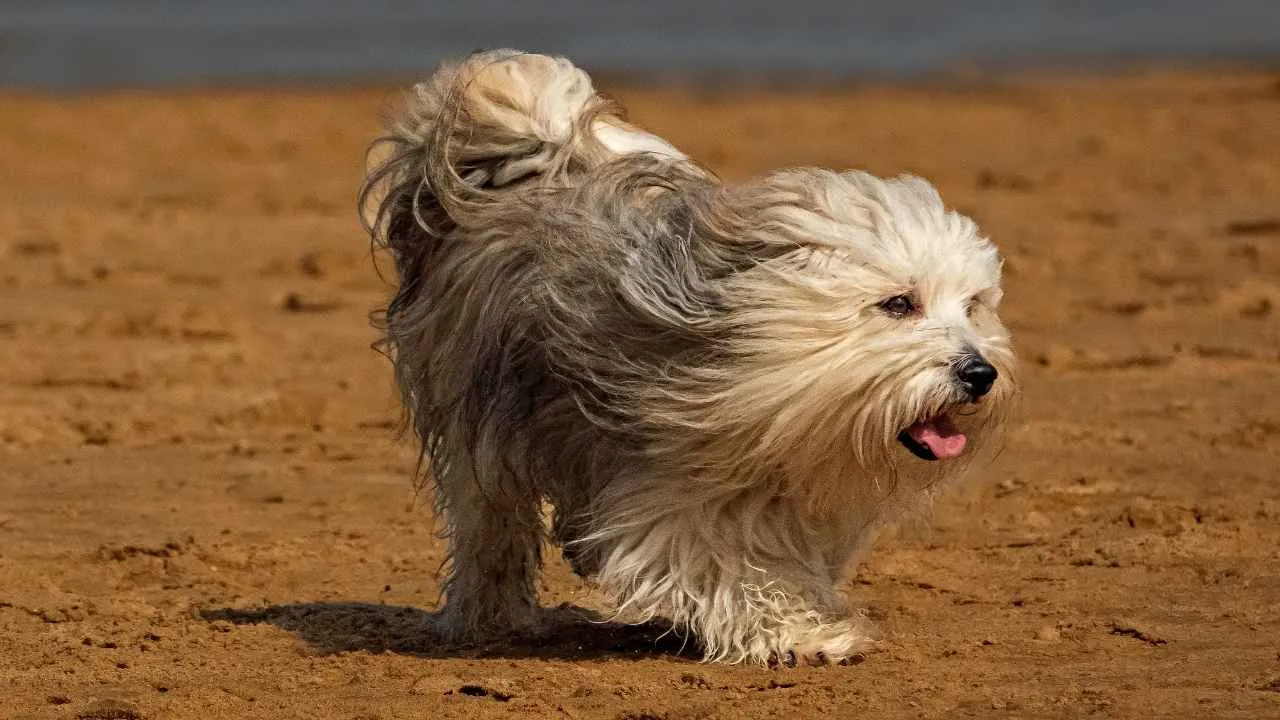
Also known as the Bichon Havanés or “Tenerife Dog,” the Havanese is the only native breed of Cuba. These small, charming dogs stand about 9.5–11.5 inches tall and weigh between 12–18 pounds. With a life expectancy of 14–15 years, they are a long-living breed ideal for companionship.
Known for their luscious, silky coat, curled-over tail, and cheerful eyes, Havanese dogs are part of the Non-Sporting Group. They are affectionate extroverts with an innate comic streak, making them natural entertainers and devoted family companions.
Their adaptable and intelligent nature makes them ideal for urban settings and homes with children of all ages, though their delicate size means play should be gentle.
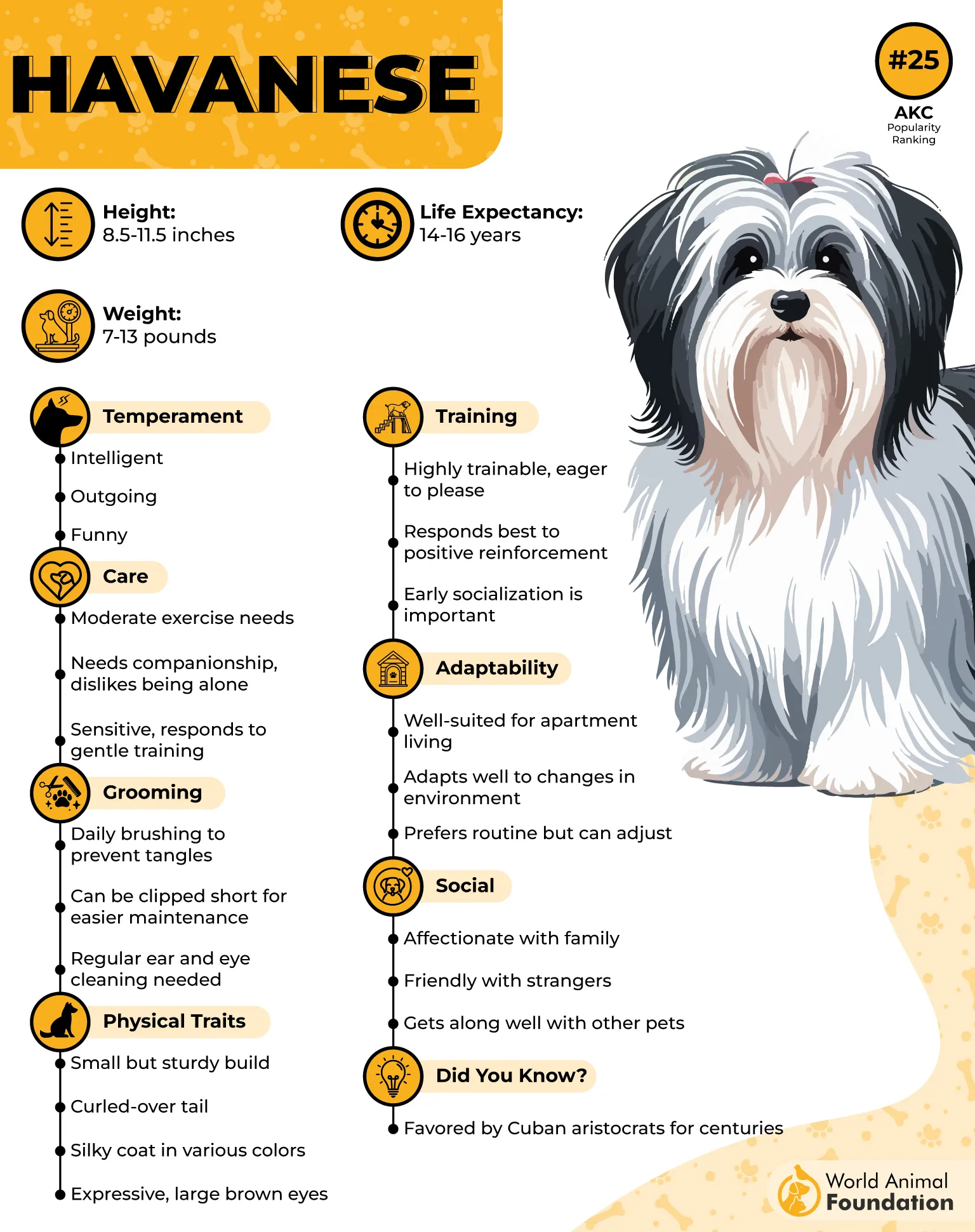
Exercise
Despite their small size, Havanese are active dogs who thrive on interaction and play. A combination of short walks, trick training, and interactive games can keep them stimulated both physically and mentally.
They enjoy learning new skills and will flourish in environments where they are challenged and engaged daily. These intelligent companions are happiest when spending quality time with their owners, so regular activity is essential to prevent boredom and anxiety.
Fun Fact: These small dogs were so adored by royalty that French and Spanish aristocrats kept them as pampered pets—reportedly inspiring the French verb bichonner, meaning “to pamper.”.
6. French Bulldog

With its signature bat ears, short snout, and stocky frame, the French Bulldog is a compact charmer built for companionship. Originally bred in 19th-century France from English toy Bulldogs and native Parisian dogs, the Frenchie quickly rose to popularity among urban dwellers for its lovable nature and adaptability.
Its smooth, fine coat comes in shades like brindle, fawn, or white, and despite its stout build, the breed is surprisingly agile and playful. Frenchies thrive on affection and often prefer cuddles over independence, making them an ideal family and apartment pet.
Though extremely loving and intelligent, they can be a bit headstrong, requiring patient, positive reinforcement during training.
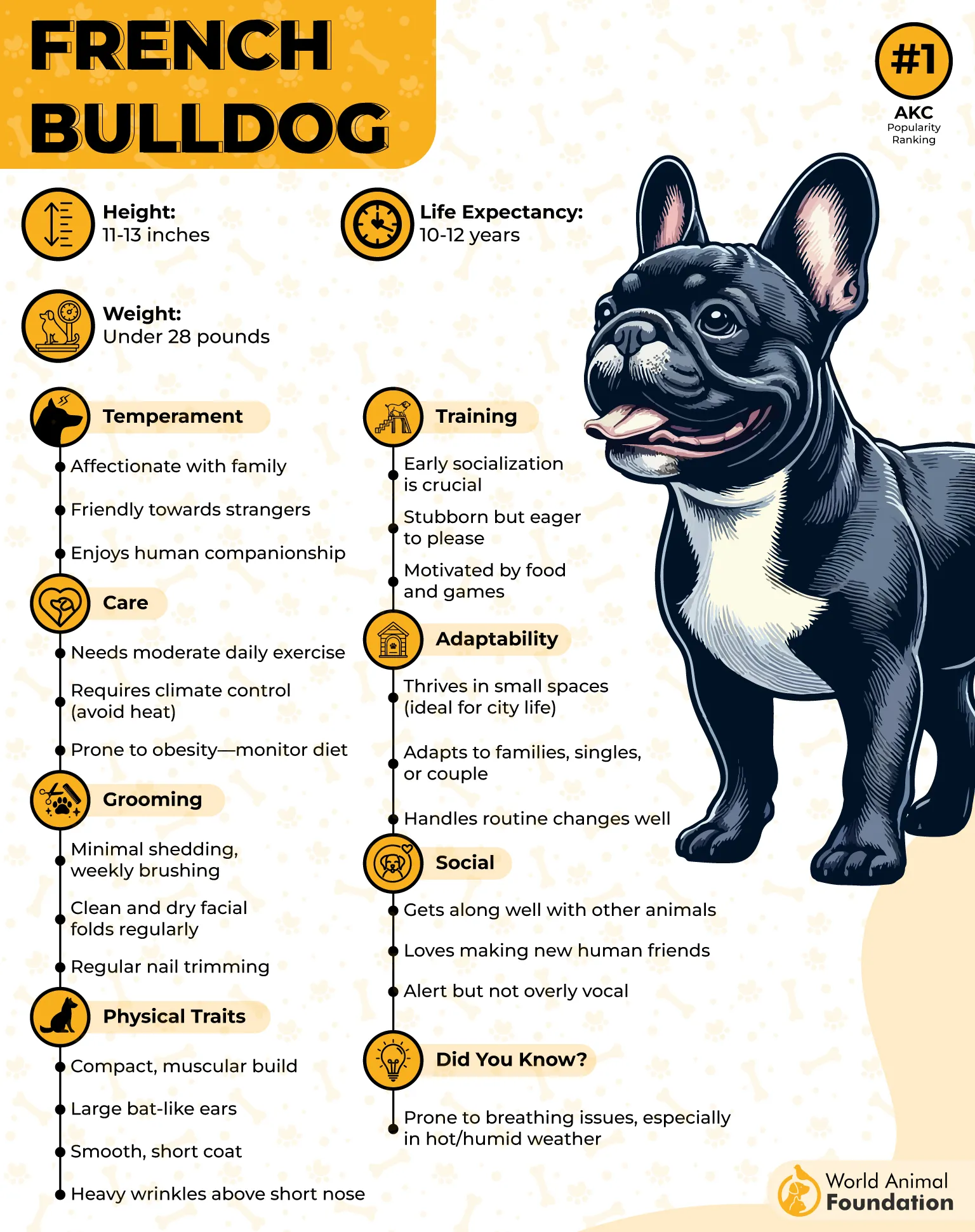
Exercise
These affectionate breeds have moderate activity needs and can stay fit with 30 to 60 minutes of daily light exercise. Short walks and interactive play sessions indoors or in shaded areas are usually sufficient.
Due to their brachycephalic build, they struggle in heat and humidity, so it’s crucial to avoid strenuous activity during warm weather. For puppies, exercise should be gentle and brief until their joints mature around 12–18 months.
Fun Fact: A champion French Bulldog once traveled aboard the Titanic with his owner, though only the man survived.
7. Cavalier King Charles Spaniel
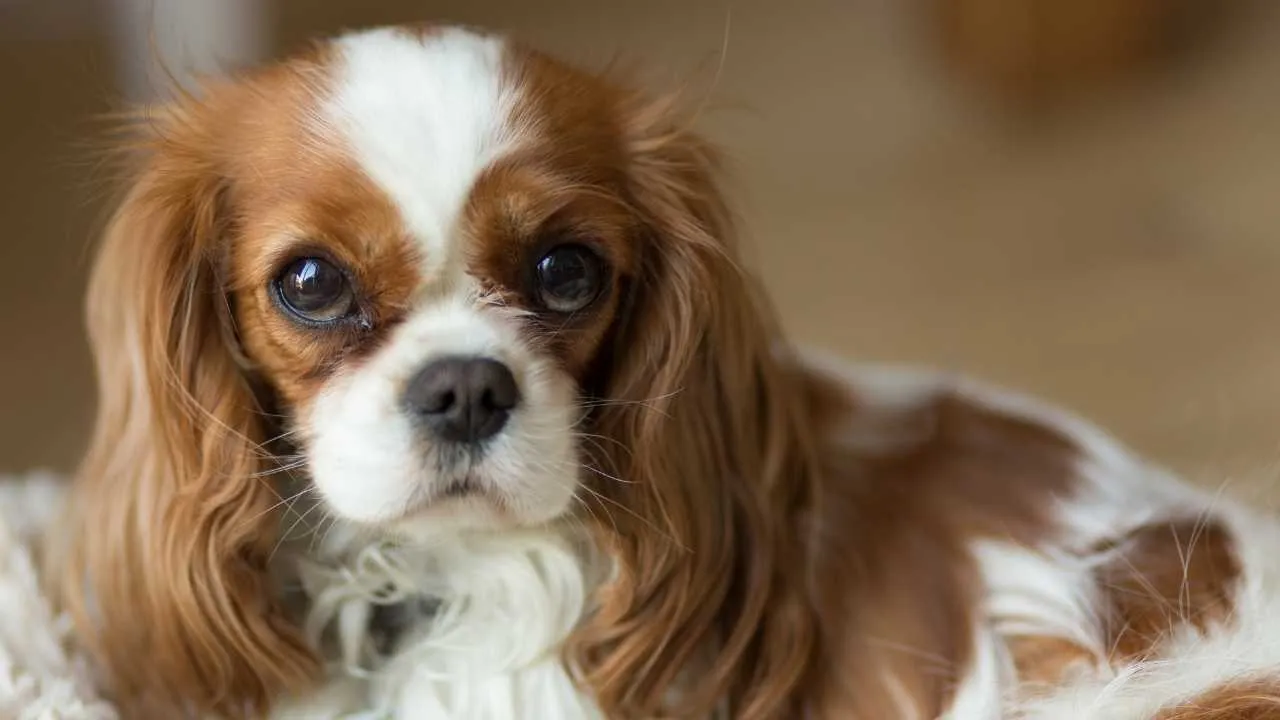
Graceful, affectionate, and brimming with charm, the Cavalier King Charles Spaniel—also known as the Cavalier or Cavy—has long been a royal favorite. This breed emerged in early 20th-century England as a revival of the original King Charles Spaniels cherished by King Charles II himself.
With a soft, flowing coat and large, soulful eyes, this affectionate dog breed is a quintessential lapdog that combines aristocratic beauty with a gentle demeanor. Belonging to the Toy Group, they stand 12 to 13 inches tall and weigh between 13 to 18 pounds.
Their long, silky coats come in four distinct color patterns: tricolor, Blenheim, ruby, and black and tan. With an average lifespan of 12 to 14 years, Cavaliers make excellent companions for families, children, and even seniors.
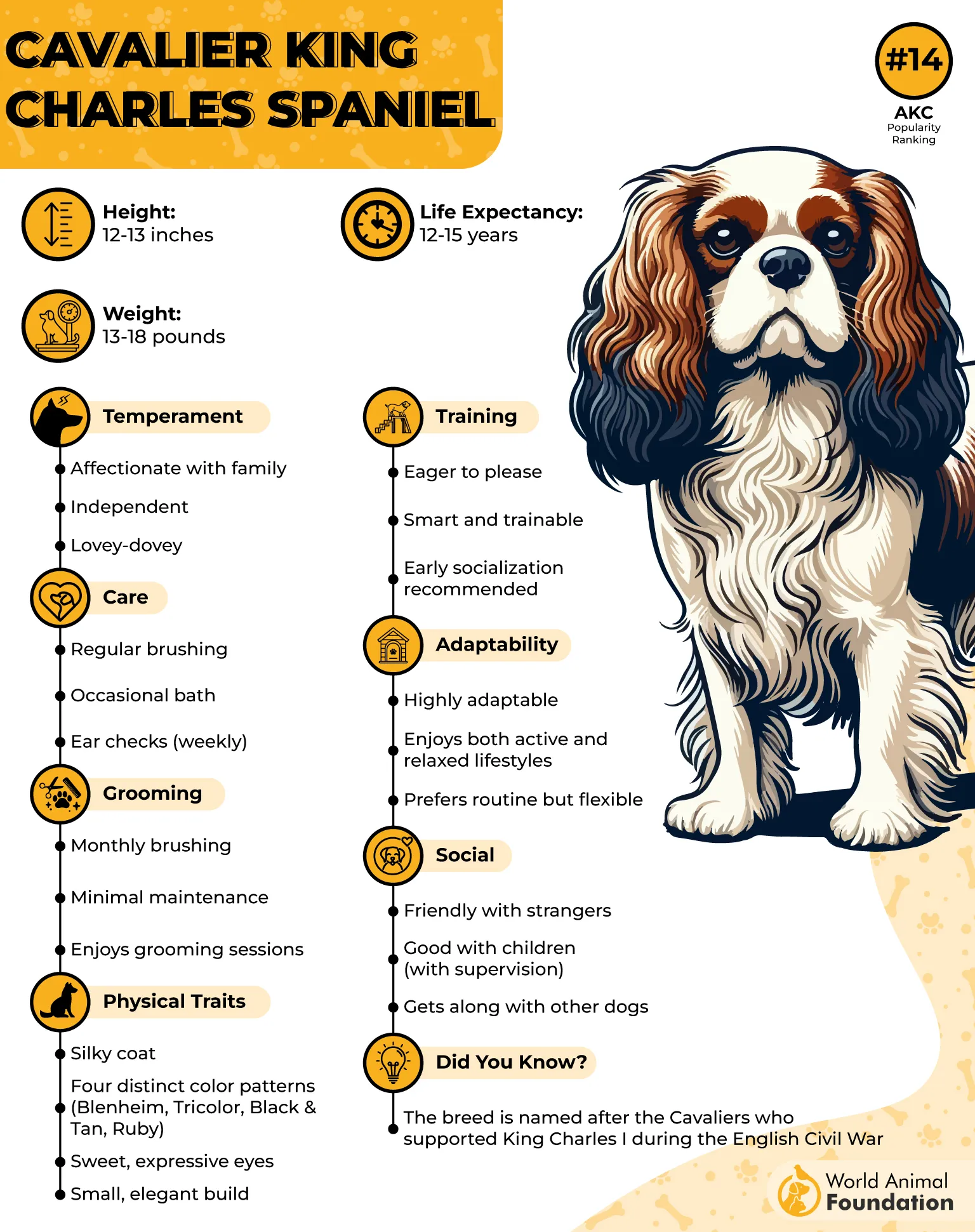
Exercise
Despite their cuddly nature, these friendly dog breeds have roots in the sporting spaniel family and benefit from daily physical stimulation. A brisk walk, playful romp, or interactive games indoors generally suffice to meet their moderate exercise needs.
These friendly dogs are adaptable to both active lifestyles and quieter households, making them suitable for many types of pet owners. As they age, however, it’s best to adjust their exercise based on their stamina—let your pup set the pace.
Did you know? The playful dog’s name is derived from King Charles II, and one Cavalier, named Rex, even flipped the White House Christmas lights on for First Lady Nancy Reagan in 1985.
Conclusion
When it comes to selecting the best dog breeds for families or individuals, a gentle, friendly nature is often just as important as looks or size. Breeds like Labrador Retrievers, Golden Retrievers, and Cocker Spaniels have earned their reputation for being loving, adaptable, and great with small children, other dogs, and even other animals. Whether you’re interested in a Border Collie who can herd cattle or a Shih Tzu that thrives on cuddles and regular grooming, there’s a dog out there whose temperament matches your lifestyle and energy.
Many of these dogs also enjoy dog sports like agility or flying disc, giving them enough exercise while building strong bonds through play. From the dignified Irish Setter and low-key Basset Hound to the playful Boston Terrier, affectionately known as the American Gentleman, each breed offers a unique blend of companionship and charm. According to the American Kennel Club, choosing a breed that suits your dog’s personality and your commitment to spending time together—whether on long walks, grooming routines, or simple games—is the key to finding your next best friend. A healthy balance of affection, stimulation, and regular brushing helps these even-tempered dogs thrive.


